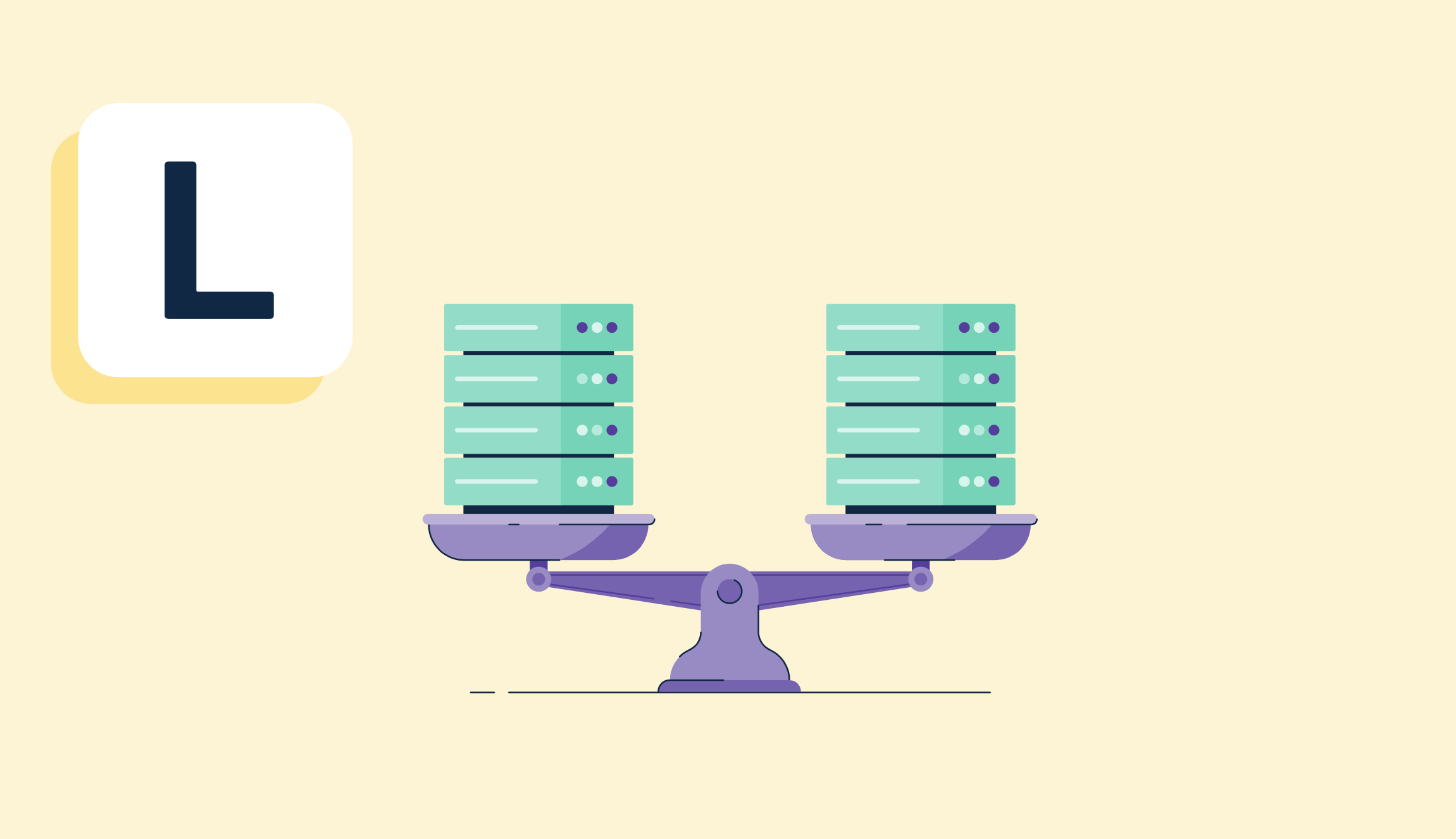
Load balancing is the process of evenly dispersing network traffic across multiple servers to avoid overworking them. Server professionals like IT managers and network administrators use load balancing across company servers to ensure a smooth workflow and keep an eye on which servers are used and how often.
Load balancing in networking isn't just about company servers. Load balancing tools help popular websites distribute incoming traffic to ensure proper functionality.
Neglecting to do this causes website downtime, and the more a website is unavailable, the more visitors are turned away. If the website aims to make sales, customers are lost just because the network isn't balanced appropriately to support traffic.
Companies use load balancing software to automate how resources and traffic are portioned out amongst websites, applications, and servers. These solutions allow businesses to monitor network traffic, disperse resources as needed, adjust workloads to offset traffic, and utilize backup services in case of server failure or downtime.
There are seven types of load balancers. All are useful in dispersing traffic effectively, and companies may combine different types according to their needs.
There are two significant types of load balancing algorithms: static and dynamic. There is no right or wrong algorithm or method for load balancing servers. There is simply the best way to approach it depending on the necessities and capabilities of a company and its server system.
In static load balancing, traffic is distributed throughout different servers without keeping the state of those servers in mind during the process. How the traffic is distributed is determined by what is known about the server system altogether.
It is a more straightforward algorithm to implement and maintain, although it may not be considered as detailed in its balancing methods.
There are six different types of static load balancing algorithms:
With dynamic load balancing, the current state of the servers is considered as traffic is distributed. This method helps traffic move more efficiently by supplying a more robust course of action with more information to back up the way it balances.
Unlike the static algorithm, dynamic is not as straightforward to implement and can take a lot of time and effort to design and install.
There are four different types of dynamic load balancing algorithms:
There are many advantages to implementing a load balancing technique into an existing server system. Once companies choose the correct algorithm or method for their environment, they can reap the benefits.
There are a few tips and tricks that companies should keep in mind as they decide to implement load balancing and as they maintain and manage the process.
As mentioned earlier, hardware load balancing and software load balancing are both solid choices for building a load balancing system. However, they differ in what they can offer to a company.
Hardware load balancing uses a physical load balancer that is held on-site. It acts as the middleman between incoming traffic and company servers.
Usually, companies will implement customized rules onto the hardware to optimize traffic distribution. Because hardware load balancers are physical in nature, they require a lot of attention for implementation and maintenance. Some companies may take issue with hardware load balancing devices as they attempt to scale and grow their server base.
Software load balancing uses a digital load balancer that lives in a virtual environment. These pieces of software can be installed directly onto existing servers or outsourced.
Like any other load balancer, it aims to distribute network traffic. Because software load balancers work digitally, they can expand to improve scalability as needed. Some companies may take issue with how expensive it can be to build and manage the software.
Alexandra Vazquez is a former Senior Content Marketing Specialist at G2. She received her Business Administration degree from Florida International University and is a published playwright. Alexandra's expertise lies in copywriting for the G2 Tea newsletter, interviewing experts in the Industry Insights blog and video series, and leading our internal thought leadership blog series, G2 Voices. In her spare time, she enjoys collecting board games, playing karaoke, and watching trashy reality TV.
What is financial risk management? Financial risk management is the processing of...
 by Alexandra Vazquez
by Alexandra Vazquez
What is route planning? Route planning is the process of creating a comprehensive plan for...
 by Alexandra Vazquez
by Alexandra Vazquez
What is supplier management? Supplier management is a step of the procurement process that...
 by Alexandra Vazquez
by Alexandra Vazquez
What is financial risk management? Financial risk management is the processing of...
 by Alexandra Vazquez
by Alexandra Vazquez
What is route planning? Route planning is the process of creating a comprehensive plan for...
 by Alexandra Vazquez
by Alexandra Vazquez


